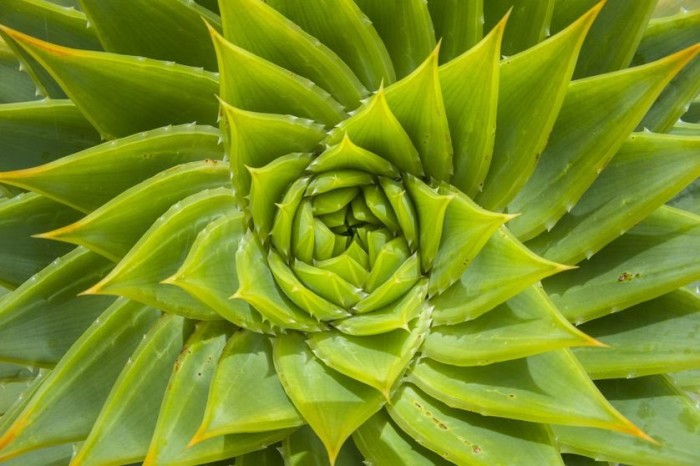Plant fear or Botanophobia is the extreme, unjustified, and often irrational fear of plants. Botanophobia is derived from the Greek word ‘botany,’ which means grass or grass, and ‘Phobos,’ which means deep dislike or fear in Greek. Another possible origin for this word is the Greek word Botanists, which means herbs, as some people are only terrified of certain spices (or herbs under specific conditions/situations).
For ordinary people, plants/herbs may seem like strange objects to fear, but for people who have this phobia, life can become miserable. They live in constant fear that plants or trees might evolve and harm or eat people one day. Because plants are everywhere, phobics have to go to great lengths to avoid them.
Some even refuse to go outside because of their fear. One celebrity with an excessive fear of plants is Christina Ricci, who is known to be terrified of indoor plants (famous for saying they are “dirty”). Plant phobia is also closely related to anthophobia, which is the fear of flowers, which in turn may be related to the individual’s fear of wasps, bees, or other stinging insects that are attracted to flowers.
Index
Causes of Botanophobia
As with all phobias, extreme fear of plants can also be related to an individual’s traumatic episode regarding plants:
- Rubbing with poison ivy, associating certain types of flowers or plants with the memory of a loved one who has passed away, the presence of wreaths and flowers at funerals, or simply memories of a severe injury, illness, or resulting allergic reaction from plants such as nettles, cacti, rose thorns, etc.
- All of these episodes can trigger Botanophobia in young children.
- Although most children outgrow their phobia with age, some continue to suffer into adulthood.
- Another cause of Botanophobia is ingrained superstitious beliefs in the mind about plants.
- Some cultures speak of plants and trees and their associations with witches, demon fairies, and other evil beings that could end up possessing humans.
- Another superstition, relatively modern, refers to plants in hospitals and hospices. These facilities should not have plants as they could suck all the oxygen from the room, harming sick patients.
- This belief is also based on the pseudoscience that plants extract some oxygen during the night – most phobics refuse to acknowledge that plants emit ten times more oxygen during the day than at night.
Another cause of Botanophobia is its possible association with germs/microbes – people with severe germ phobia ( Nosophobia ) might believe that plants are dirty and cause disease.
- Certain plants are toxic to humans.
- For example, in ancient Rome, the seeds of the Strychnine tree were used to poison people.
- Plants like Poison Ivy also produce allergic reactions on human skin.
- So the root of fear could be evolutionary – the brain’s flight or the fighting response to fearful or harmful things or situations.
- In addition, people with disorders of anxiety preexisting, certain deficiencies or illnesses could also suffer from an irrational fear of plants.
Many movies and novels have depicted carnivorous plants that harm humans. Examples of this are the classic Attack of Killer Tomatoes, from 1978, in which tomatoes participate in the slaughter, and The Little Shop of Horrors (1986), the remake of the 1960 film of the same name.
- Likewise, the 2008 film The Ruins (based on the novel of the same name) also shows gruesome carnivorous plants in a seriously terrifying light.
- Such shows, stories, and movies can also trigger Botanophobia in nervous or young individuals.
You may also like to read: Fear Of Pleasure: Diagnosis, Symptoms, Treatment.
Symptoms of fear of plant phobia
Like any other phobia, the fear of plant phobia can lead to various psychological and physical symptoms. These include
- Shaking, shaking
- Racing heart and sweaty palms, rapid shallow breathing, dry mouth
- Thoughts of death/death
- The desire to flee, run or hide.
- Phobics, in extreme cases, may refuse to go out for fear of finding plants.
- You could try everything to limit your contact with the plants.
Many plant phobics experience an all-out panic attack just by seeing or thinking of plants, which can be embarrassing.
- Some refuse to eat vegetables and fruits because their fear leads to deficiencies.
- Such behavior can affect personal relationships as well.
Overcome and treat Botanophobia
- Severe Botanophobia can be threatening to individuals and can have a significant impact on one’s day-to-day life.
- In such a case, it is essential to be treated with the help of a therapist.
- Many medications available today can help suppress anxiety symptoms that result from phobias.
- But these should be taken under the doctor’s guidance and only for symptomatic relief.
- For long-term healing, it is best to use self-help techniques like positive visualization, meditation, etc., to overcome the fear of plants.
Treatment options like cognitive behavioral therapy, hypnotherapy, neurolinguistic programming, gradual desensitization, etc., can also help overcome Botanophobia.
- These treatment modalities help get to the root of the phobia and erase the anxiety once and for all.
- Gradual desensitization is especially helpful – it is done by slowly exposing the phobic to the object of your fear – in this case, plants.
- Therefore, photographs of plants may be shown to him, or he may be forced to touch them until he can comfortably control the anxiety response to his fear of plants forever.
Hello, how are you? My name is Georgia Tarrant, and I am a clinical psychologist. In everyday life, professional obligations seem to predominate over our personal life. It's as if work takes up more and more of the time we'd love to devote to our love life, our family, or even a moment of leisure.

